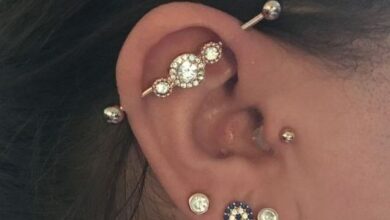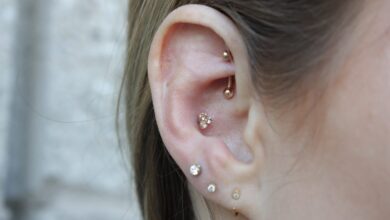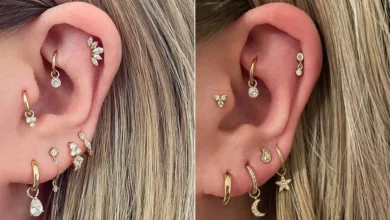
In this captivating article, you will explore the fascinating world of cultural and tribal piercings. Delving into the rich history and significance behind these piercings, you will discover how they have been an integral part of various cultures and tribes for centuries. From the Maasai people of East Africa to the Hmong tribes of Southeast Asia, each piercing holds a unique meaning and plays a significant role in shaping personal identity and cultural heritage. Join us on this journey as we uncover the powerful symbolism behind cultural and tribal piercings.
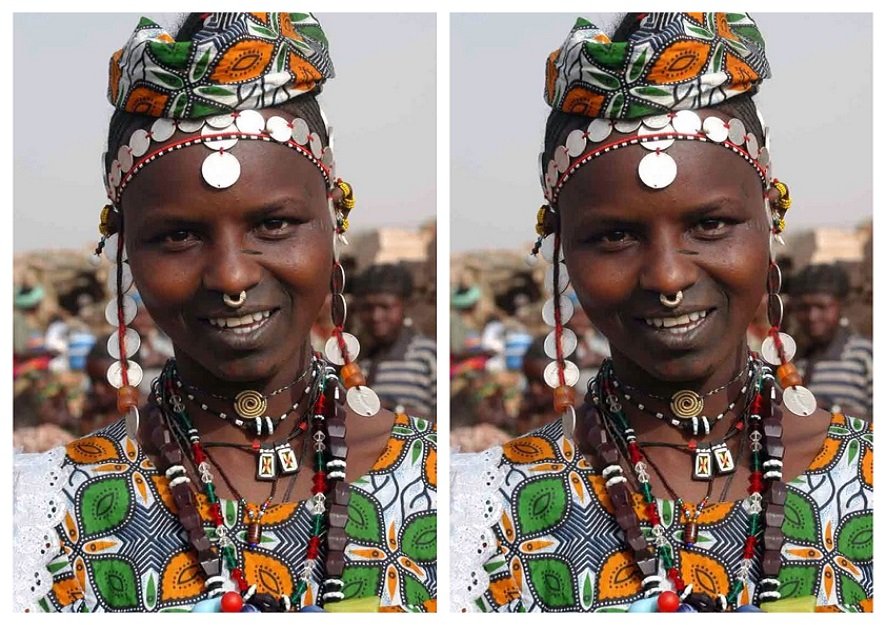
1. Introduction
Cultural and tribal piercings have a rich history and carry significant meaning for those who adorn them. These piercings are more than just a fashion statement or a trend; they represent a deep connection to one’s cultural heritage, spiritual beliefs, and personal identity. In this article, we will explore the historical significance, spiritual and symbolic importance, traditional practices, regional variations, and evolution of cultural and tribal piercings. We will also delve into the different types of piercings, the healing and aftercare practices associated with them, as well as the contemporary aspects of these piercings, such as cultural appropriation, ethical considerations, and the revitalization of cultural preservation.
2. Cultural Piercings
2.1 Historical Significance
Cultural piercings have been practiced for centuries and hold immense historical significance. In many cultures, the act of piercing the body was seen as a rite of passage, symbolizing maturity, strength, and readiness for adulthood. These piercings served as a way to mark important milestones in an individual’s life, such as reaching puberty, getting married, or becoming a parent. Additionally, cultural piercings were often used as a form of adornment and a way to display one’s social and economic status within the community.
2.2 Spiritual and Symbolic Importance
Cultural piercings also hold deep spiritual and symbolic meanings. For many cultures, these piercings are believed to connect the physical body with the spiritual realm, serving as a conduit for energy and divine communication. The placement of the piercing is often chosen carefully, with specific areas believed to have spiritual significance. These piercings can symbolize various things, such as fertility, protection, warding off evil spirits, or channeling specific energies. The jewelry used in cultural piercings may also have symbolic significance, featuring symbols or designs that hold spiritual meaning to the wearer.
2.3 Traditional Practices
Traditional cultural piercings were often performed by skilled individuals within the community, such as tribal elders or specialized piercers. The procedures were carried out ritually and with great care, adhering to specific cultural practices and customs. These rituals involved the use of various tools and techniques, including piercing needles, bone or wooden jewelry, and natural healing substances. Traditional cultural piercings were deeply ingrained in the fabric of society and played a crucial role in community customs and traditions.
2.4 Regional Variations
Cultural piercings exhibit a wide range of regional variations, each unique to the specific culture and region in which they originated. For example, in India, nose piercings, also called “nath” or “mukhutti,” have deep cultural significance and are seen as a symbol of beauty and marital status for women. In certain African tribes, lip and labret piercings are common, representing cultural identity and social status. In Native American cultures, ear piercings are prevalent and hold spiritual significance, symbolizing one’s connection to the natural world and ancestral spirits. Regional variations of cultural piercings illustrate the diversity and richness of human culture and traditions.
2.5 Evolution of Cultural Piercings
Over time, cultural piercings have evolved and adapted to changing societal norms and influences. While traditional practices are still held dear by many, the modern world has seen the emergence of new trends and styles influenced by contemporary fashion and personal expression. The evolution of cultural piercings has sparked a fusion of traditional and modern practices, resulting in unique combinations and interpretations of these piercings. Today, individuals have the freedom to choose from a vast array of cultural piercings, allowing them to connect with their heritage while expressing their individuality.
3. Tribal Piercings
3.1 Cultural Identity and Social Status
Tribal piercings, much like cultural piercings, serve as a strong expression of cultural identity and social status within tribal communities. These piercings are deeply rooted in tribal traditions and customs and play a crucial role in maintaining tribal cohesion and social hierarchy. The placement and style of tribal piercings can vary significantly between tribes, but they all serve as visible markers of tribal affiliation, indicating one’s place within the community and often signifying specific roles or achievements.
3.2 Rituals and Rites of Passage
Tribal piercings are often associated with rituals and rites of passage, marking important transitions in an individual’s life. These rituals may involve specific ceremonies, chants, or symbolic actions to bestow blessings or protection upon the person receiving the piercing. Tribal piercings are not merely a physical act but rather a spiritual and communal experience that strengthens the bond between individuals, their tribe, and their ancestors.
3.3 Connection with Nature and Ancestors
Many tribal cultures believe in a profound connection between nature, ancestors, and the human body. Tribal piercings are often seen as a way to honor this connection and to forge a deeper bond with the natural world. Symbols and materials used in tribal piercings may be inspired by local flora and fauna or represent the qualities and teachings of ancestral spirits. Through these piercings, individuals feel a sense of unity with nature and their tribal ancestors, maintaining a spiritual and cultural link that spans generations.
3.4 Specific Tribal Piercing Styles
Each tribe has its unique style of tribal piercings, reflecting their distinct cultural practices and aesthetics. The Maasai people of East Africa, for example, are known for their distinctive stretched earlobe piercings adorned with ornate beadwork. In Papua New Guinea, the Sepik River tribes practice septum piercing, which feature finely carved tusks or bones inserted into the septum. These specific styles of tribal piercings not only differentiate tribes but also signify specific stages of life, social status, and personal achievements within the tribe.
3.5 Modern Interpretation of Tribal Piercing
In modern times, tribal piercings have transcended their traditional boundaries and have become a popular form of self-expression and body modification. While some individuals from tribal backgrounds still adhere to the traditional methods and styles of their ancestors, many have embraced modern interpretations of tribal piercings. This has resulted in unique blends of traditional and contemporary elements, where individuals can incorporate tribal piercings into their personal style while still paying homage to their cultural heritage.
4. Common Types of Cultural and Tribal Piercings
4.1 Nose Piercings
Nose piercings are prevalent in various cultures around the world and hold diverse meanings. In South Asian cultures, nose piercings are often associated with femininity, beauty, and marital status. In some African tribes, nose piercings are symbolic of wealth and social status. Furthermore, in Native American cultures, nose piercings may represent a spiritual connection to the divine or act as a way to differentiate between tribal affiliations. Despite the cultural variations, nose piercings have become increasingly popular globally and are now considered a mainstream form of body adornment.
4.2 Lip and Labret Piercings
Lip and labret piercings are commonly found in tribal cultures, especially in certain African and indigenous communities. These piercings are often seen as a mark of beauty, strength, and social distinction. Lip and labret piercings may involve vertical or horizontal piercings through the lips, and they can be adorned with various jewelry, including lip plates, beads, or rings. These piercings hold significant cultural and personal meaning for those who wear them, representing their tribal identity and cultural heritage.
4.3 Ear Piercings
Ear piercings are perhaps the most universal and well-known form of cultural and tribal piercing. Practiced by people from various cultures, ear piercings have diverse meanings and styles. In some cultures, multiple earlobe piercings symbolize wealth, while in others, larger gauge piercings in the earlobes may denote social status and tribal affiliation. Additionally, other forms of ear piercings, such as helix piercings or cartilage piercings, have gained popularity as a contemporary form of self-expression and adornment.
4.4 Eyebrow and Bridge Piercings
Eyebrow and bridge piercings are popular cultural and tribal piercings that have entered the mainstream fashion scene. These unique placements of piercings can emphasize facial features and create a bold and edgy look. Historically, certain tribes, such as the Huli people of Papua New Guinea, practiced eyebrow piercings as a rite of passage into adulthood. Today, eyebrow and bridge piercings are commonly chosen by individuals looking to add an element of individuality to their appearance.
4.5 Navel Piercings
Navel piercings, also known as belly button piercings, have gained popularity in recent years as a cultural and tribal piercing option. In some cultures, navel piercings are believed to enhance fertility and sexuality, while in others, they serve as a symbol of sensuality and self-expression. Navel piercings have become a widespread form of body adornment, chosen by individuals seeking to embrace their cultural heritage or simply to enhance their body aesthetics.
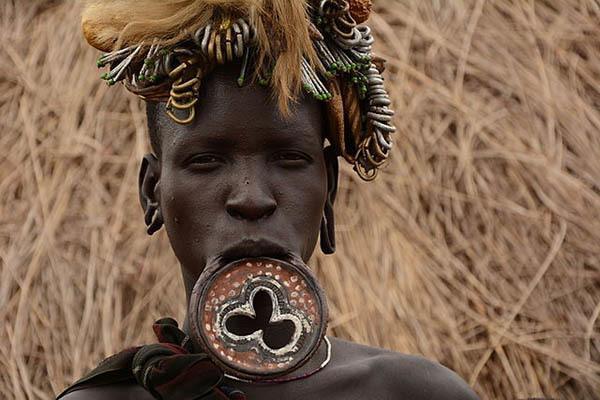
5. Healing and Aftercare Practices
5.1 Traditional Healing Methods
Traditional healing methods for cultural and tribal piercings vary across different cultures. Some cultures believe in the use of specific herbs, oils, or natural substances to promote healing and prevent infection. For example, Native American tribes often utilize sage or cedar smoke to cleanse and purify the pierced area. Other cultures may incorporate rituals or prayers into the healing process, invoking spiritual forces to aid in the recovery. These traditional healing methods not only aid in physical healing but also hold cultural and spiritual significance.
5.2 Modern Aftercare Techniques
In modern times, aftercare practices for cultural and tribal piercings have evolved alongside advancements in medical knowledge and hygiene practices. Sterile saline solutions are widely recommended for cleaning and promoting healing, as they effectively cleanse the piercing without causing irritation or dryness. Individuals are also advised to avoid harsh chemicals, excessive touching, and exposure to dirty water or harsh environments during the healing process. Following proper aftercare techniques, such as regular cleaning, using high-quality jewelry, and seeking professional advice if any complications arise, can greatly reduce the risk of infections or complications.
5.3 Potential Risks and Complications
While cultural and tribal piercings can be immensely rewarding, it is essential to be aware of potential risks and complications. Infections, allergic reactions, prolonged healing times, and scarring are among the possible risks associated with any piercing. Additionally, improper or unsterile piercing practices can lead to serious infections and complications. It is crucial to conduct thorough research, choose a reputable and experienced piercer, and follow proper aftercare techniques to minimize these risks. It is also advisable to seek medical attention if any problems arise, such as excessive swelling, pain, or discharge.
6. Contemporary Cultural and Tribal Piercing Practices
6.1 Cultural Appropriation of Piercings
As cultural and tribal piercings gain popularity globally, it is important to address the ethical issue of cultural appropriation. Cultural appropriation occurs when individuals from a dominant culture adopt elements of another culture without understanding or respecting their cultural significance. This can be seen in the appropriative use of cultural and tribal piercings by individuals who may not fully comprehend or acknowledge their historical or spiritual importance. It is crucial for individuals to educate themselves about the origins and meanings behind cultural and tribal piercings, and to participate in these practices with cultural sensitivity and respect.
6.2 Ethical Considerations
When considering cultural and tribal piercings, ethical considerations come into play. It is crucial to respect the cultural and spiritual significance of these piercings and to approach them with cultural sensitivity. It is advisable to research the piercings’ cultural context, consult with individuals from the specific culture, and support businesses and artists that respect and honor the traditions associated with these piercings. Additionally, it is essential to obtain consent from individuals before appropriating cultural or tribal piercings for fashion or aesthetic purposes.
6.3 Revitalization and Cultural Preservation
While cultural and tribal piercings have faced the threats of cultural appropriation and assimilation, there has been a growing movement towards revitalization and cultural preservation. Many communities are working actively to reclaim and celebrate their cultural practices, including piercings. Through community-led initiatives, education, and the sharing of cultural knowledge, these piercings are being preserved and recognized as valuable cultural heritage. By engaging in respectful dialogue, individuals can contribute to the preservation and appreciation of these cultural and tribal practices.
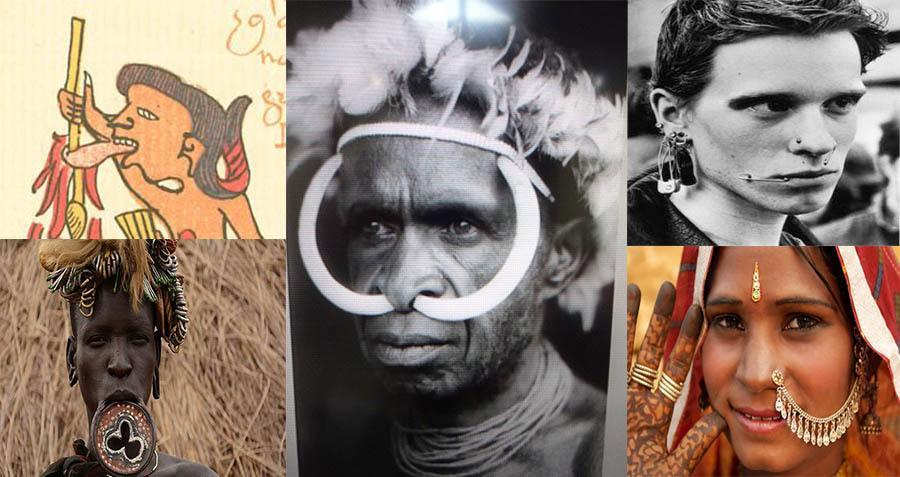
7. Conclusion
Cultural and tribal piercings hold a deep and profound significance for individuals, communities, and cultures worldwide. They serve as powerful expressions of cultural identity, social status, spirituality, and personal beliefs. Through the exploration of historical significance, spiritual and symbolic importance, traditional practices, regional variations, and the evolution of these piercings, we have gained insight into their rich and diverse meanings. It is crucial for individuals to approach cultural and tribal piercings with respect, cultural sensitivity, and an understanding of their historical context. By appreciating and honoring these practices, we contribute to the preservation and celebration of human cultural diversity.


